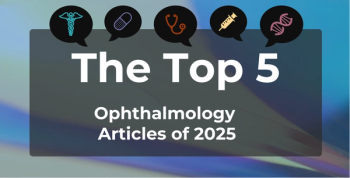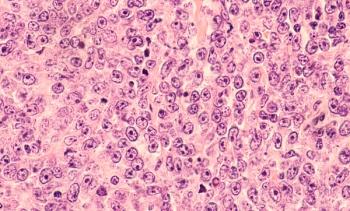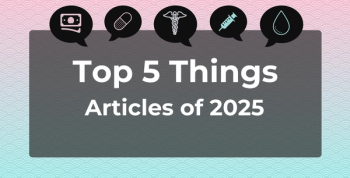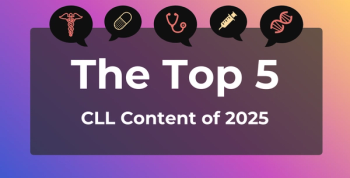
Certain BP Patterns in Early Pregnancy May Help Predict Hypertensive Disorders
When used in conjunction with other risk factors, the 6 distinct blood pressure patterns were able to accurately predict and stratify risk of hypertensive disorders of pregnancy regardless of race or ethnicity.
A handful of blood pressure patterns in the first half of pregnancy may be able to determine risk of preeclampsia and gestational
When used in conjunction with other risk factors, the 6 distinct blood pressure patterns—both initial levels and changes in patterns over time—were able to accurately predict and stratify risk of pregnancy regardless of race or ethnicity.
“Hypertensive disorders in pregnancy are leading causes of morbidity and mortality, particularly in people of color,” Kari L. Carldon, MD, associate executive director of The Permanente Medical Group, said
The researchers of the study further highlighted the feasibility of implementing a risk stratification program based on their findings, as blood pressure measurements do not require biomarker testing or biophysical parameters.
The group analyzed blood pressure measurements and other data from the electronic medical records of approximately 250,000 healthy pregnant patients who gave birth at Kaiser Permanente Northern California hospitals between 2009 and 2019, all of whom were considered to be at low to moderate risk of developing hypertensive disorders of pregnancy based on US Preventive Services Task Force criteria. Patients with high-risk conditions, such as prior chronic hypertension, liver disease, or kidney disease, were excluded from the study.
From these data, the researchers developed and validated the 6 blood pressure trajectories, which elicited “excellent” discrimination, with C-statistics ranging from 0.731 to 0.770. The observed discrimination, explained the researchers, was superior to that observed when using risk factors alone (0.688-0.695).
Three of the 6 blood pressure trajectories observed in the first 20 weeks of pregnancy were able to identify nearly 3 in 4 patients (74%) who subsequently developed preeclampsia in the latter half of their pregnancy as well as 82% of gestational hypertension outcomes in more than half (52%) of the study group.
“These findings are likely to influence practice standards. Current guidelines recommend that patients with only one moderate risk factor are to be ‘considered’ for treatment with [low-dose aspirin administration],” highlighted the researchers.
“The systolic [blood pressure trajectory] patterns based on 3 or 4 BP measurements in the first half of pregnancy reclassified a substantial proportion of patients, considered as moderate risk under current guidelines’ criteria, as having lower risk for preeclampsia and gestational hypertension. Furthermore, the effectiveness of the early pregnancy [blood pressure trajectory] patterns to discriminate high-risk individuals within an ostensibly low-to-moderate risk population is a major advancement in precision care without expensive assessments.”
Across the study cohort, 0.4% (n = 1008), 4.3% (n = 10,766), and 4.6% (n = 11,514) of patients developed early-onset preeclampsia, later-onset preeclampsia, and gestationa; hypertension, respectively. The absolute observed risk of preeclampsia ranged from 0.5% to over 15% while risk of gestational hypertension ranged from 0.4% to 17.6% based on race, ethnicity, nulliparity, and maternal obesity, among other factors. The findings suggest that even within populations of patients considered to be at low to moderate risk, there are subsets of patients at higher risk, including those with common risk factors like nulliparity and obesity.
Reference
Gunderson E, Greenberg M, Sun B, et al. Early pregnancy systolic blood pressure patterns predict early- and later-onset preeclampsia and gestational hypertension among ostensibly low-to-moderate risk groups. J Am Heart Assoc. Published online July 12, 2023. doi:10.1161/JAHA.123.029617
Newsletter
Stay ahead of policy, cost, and value—subscribe to AJMC for expert insights at the intersection of clinical care and health economics.







































